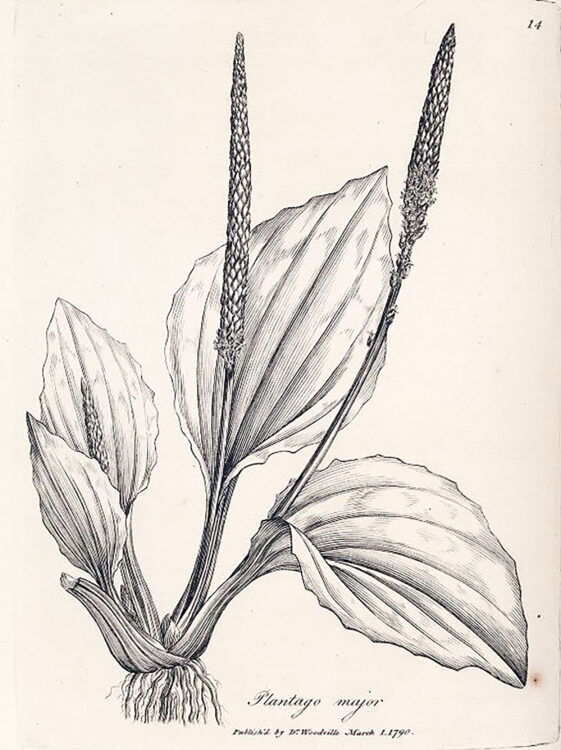Unequal Pain Relief in the Emergency Room
Share
Explore Our Galleries
Breaking News!
Today's news and culture by Black and other reporters in the Black and mainstream media.
Ways to Support ABHM?
By Nicolas Bakalar, The New York Times
Black and Hispanic children who go to an emergency room with stomach pain are less likely than white children to receive pain medication, a new study reports, and more likely to spend long hours in the emergency room.

Black children were about 68 percent more likely than white children to spend longer than six hours in the emergency room for the same illness.
The analysis, published in the October issue of Pediatrics, examined the records of 2,298 emergency room visits by people under 21, a nationally representative sample from a large survey conducted by the Centers for Disease Control and Prevention. About 53 percent were white, 24 percent non-Hispanic black, 21 percent Hispanic, and the rest from other ethnic or racial groups.
Over all, 27.1 percent of white children with severe pain received analgesics, but only 15.8 percent of blacks, 18.9 percent of Hispanics and 7.1 percent of children of other races did.
Black children were about 68 percent more likely than white children to spend longer than six hours in the emergency room, although there were no statistically significant differences among races in results for any diagnostic test.
“This data set will not answer the question of why,” said the lead author, Dr. Tiffani J. Johnson, an instructor at the University of Pennsylvania School of Medicine. “It could be that white parents are more likely to ask for pain meds, or that minority patients are likely to get care in E.R.’s that have longer wait times. And it could be racial bias.”



Comments Are Welcome
Note: We moderate submissions in order to create a space for meaningful dialogue, a space where museum visitors – adults and youth –– can exchange informed, thoughtful, and relevant comments that add value to our exhibits.
Racial slurs, personal attacks, obscenity, profanity, and SHOUTING do not meet the above standard. Such comments are posted in the exhibit Hateful Speech. Commercial promotions, impersonations, and incoherent comments likewise fail to meet our goals, so will not be posted. Submissions longer than 120 words will be shortened.
See our full Comments Policy here.